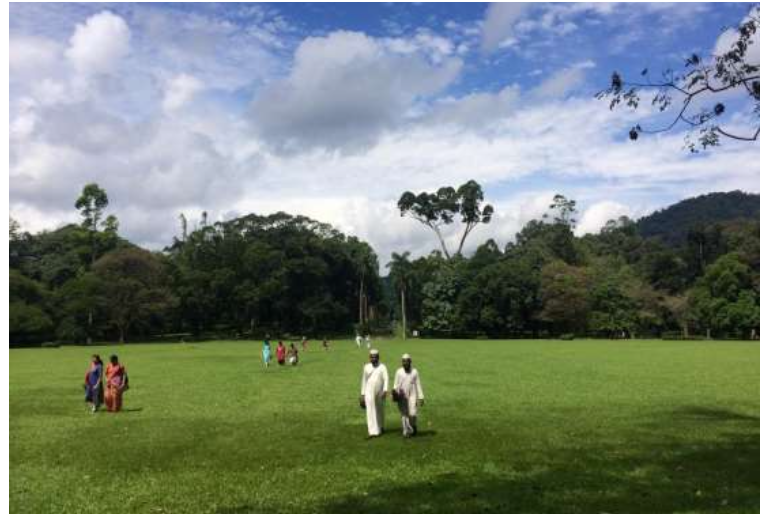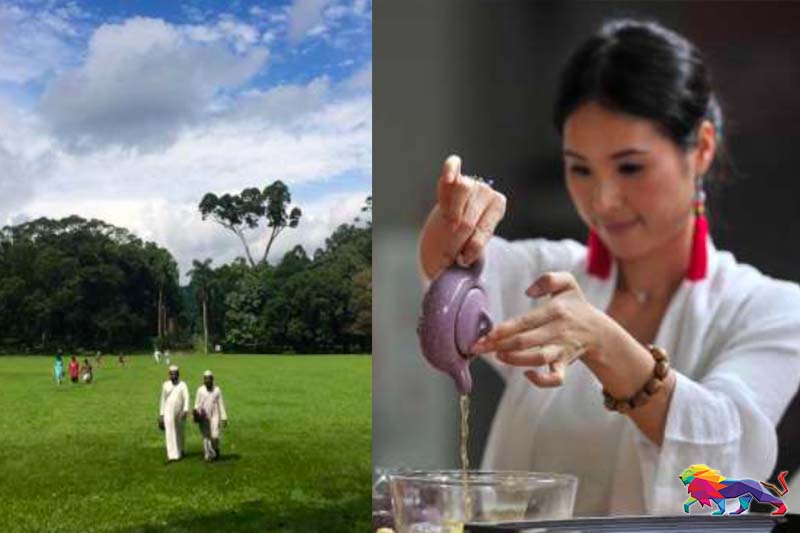
May 21 is the International Tea Day. In December 2019, the United Nations General Assembly proclaimed May 21 as the International Tea Day to celebrate the economic, social and cultural value of tea and promote sustainable development of global agriculture.
Various tea trees in the world all originate in Yunnan, China. In ancient times, horse caravans carrying tea as the main commodity crossed the Lancang River, Nujiang River and Red River, climbed Hengduan Mountains, Ailao Mountains and Himalaya Mountains, and reached South Asia and Southeast Asia, carving out the Southern Silk Road -- the Ancient Tea Horse Road.
Thus, Chinese tea trees were introduced to Assam and Darjeeling at the southern foot of the Himalayas, and then to Ceylon (the old name of Sri Lanka) and other places, where the world-famous Assam black tea, Darjeeling black tea and Ceylon black tea came into being.
How did a magical Chinese leaf leap over the folded region of human civilization, take root in foreign lands, and achieve the current tea culture pattern between China and South Asian countries?
The reporter entered the online 3D picture scroll exhibition hall by scanning the QR code with the mobile phone, which is divided into five chapters: Yunnan of China, Sri Lanka, India, Nepal, and Pakistan. The exhibition displayed nearly 100 photographs, including The Ancient Tea Horse Road, Jingmai Mountain Ancient Tea Tree, Tea Art Performance, Tea Picking Girl in Sri Lanka, Ganges Pilgrimage in Varanasi, India, Patan Durbar Square in Nepal, Lahore in Pakistan, etc.





















